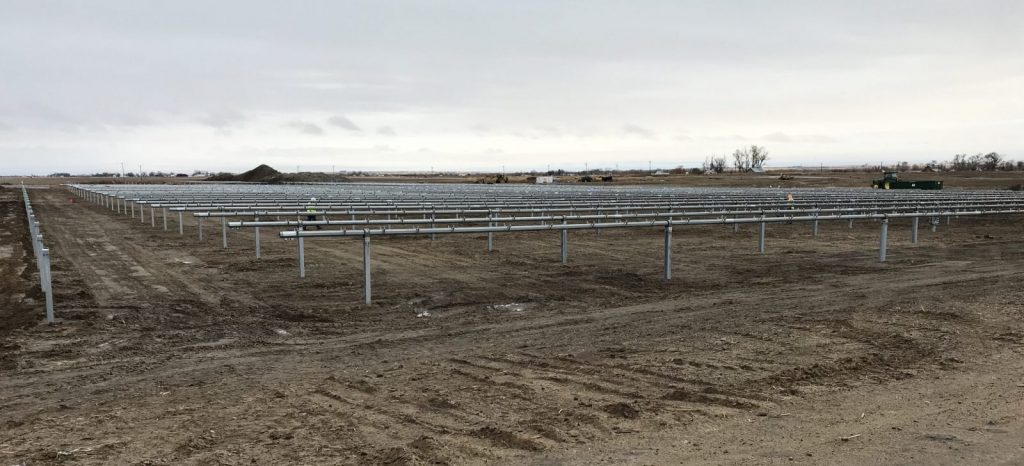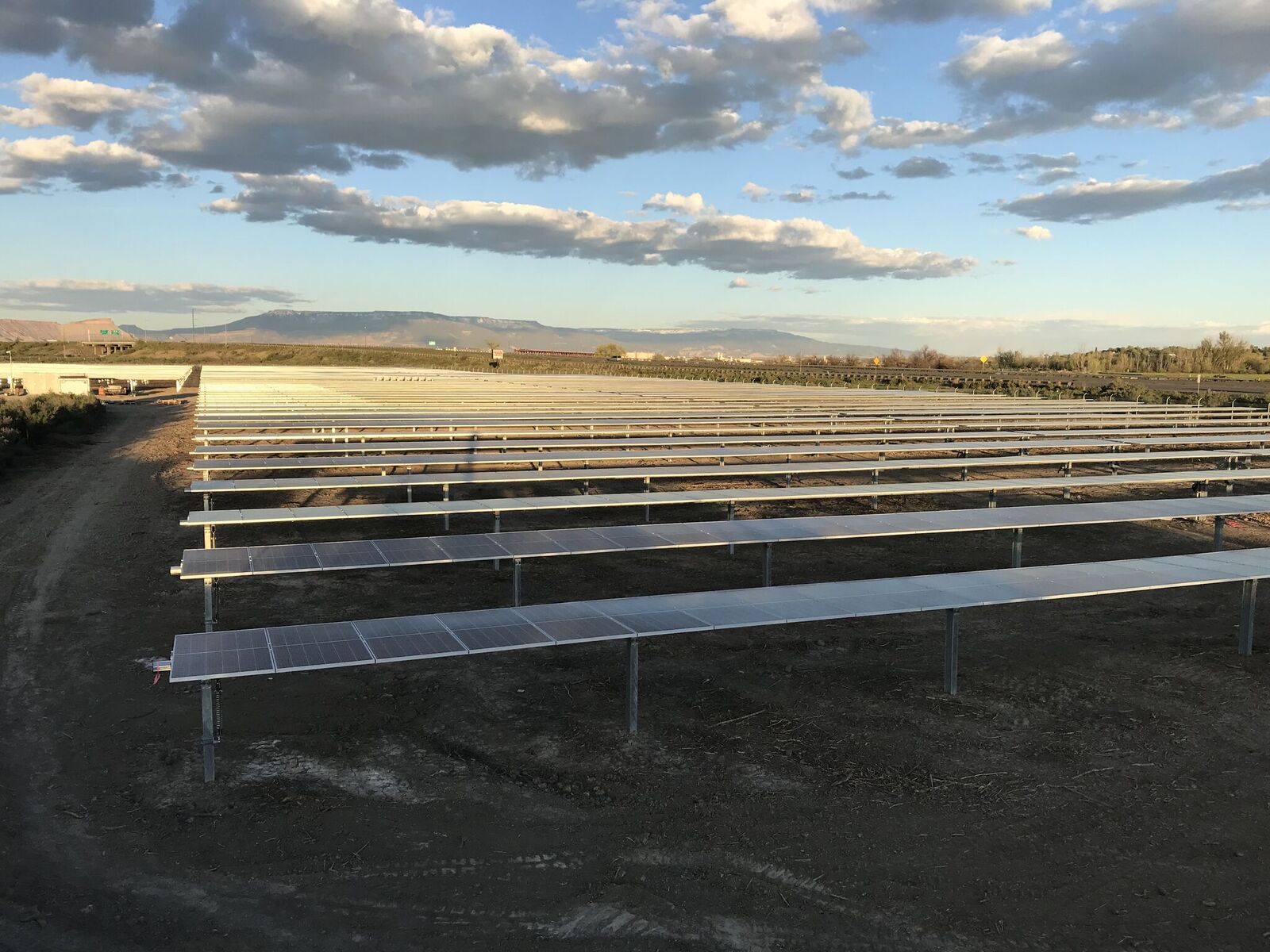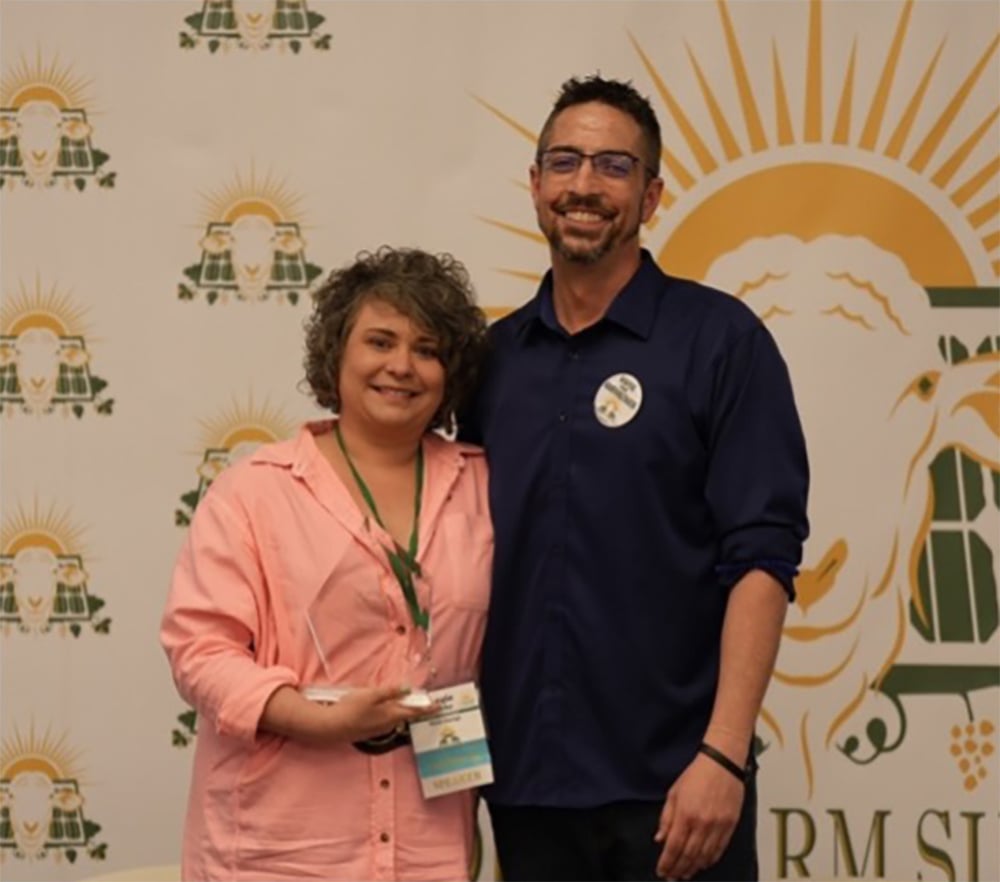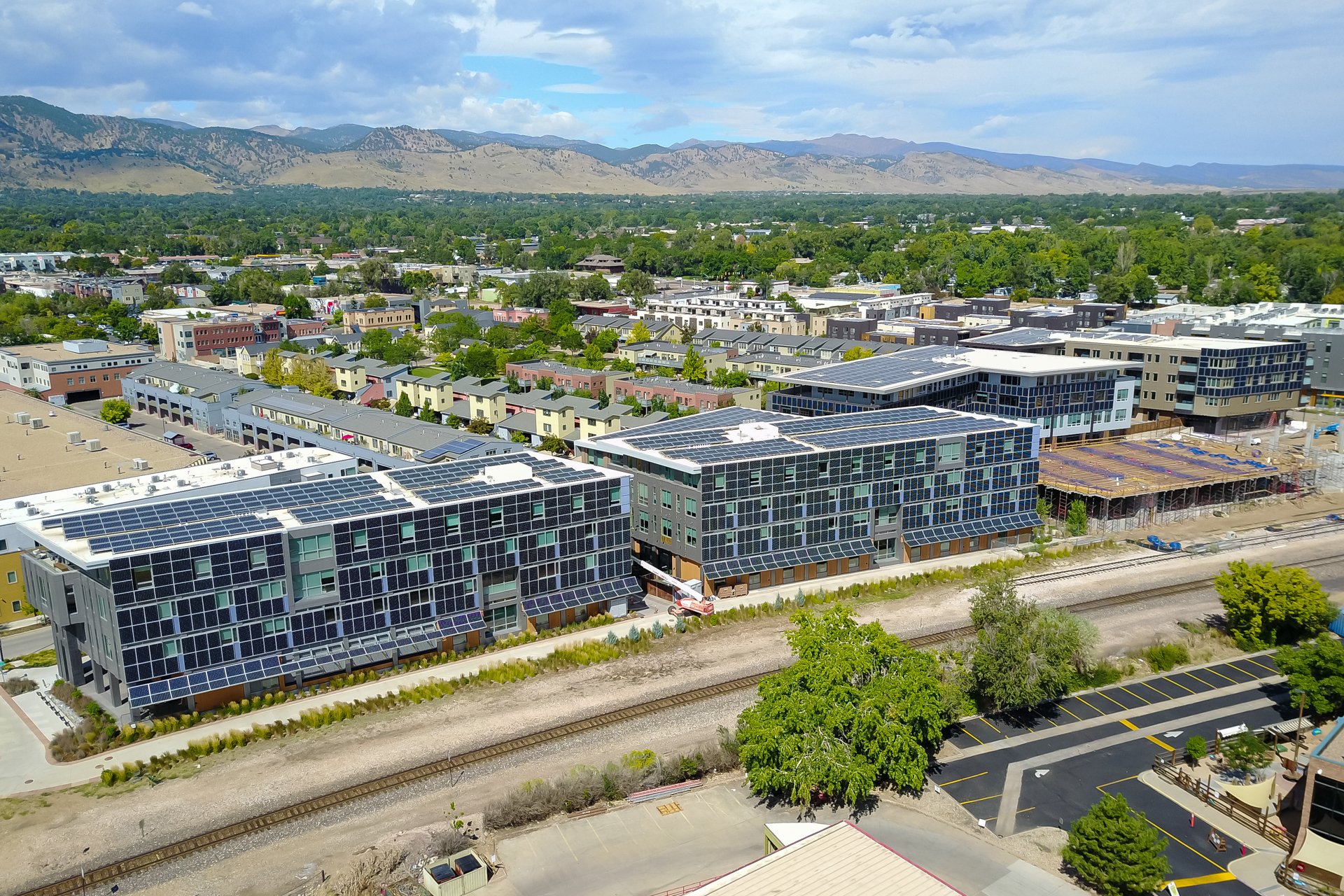Development of Shared Solar Projects
February 20, 2020

Author: Luke Rickard
Director, Project Development
Development of Shared Solar Projects
The growth of the distributed-generation and community solar, or shared solar, sectors of the solar industry is often assumed to be dependent on a narrow set of key factors; legislation and utility program initiation are often cited in this context. Securing and servicing of the community solar subscribers are often brought up soon afterward when discussing the key ingredients of success for shared solar. However, the physical development of a community solar project is an essential factor in this equation, a link between the conceptual community solar marketplace and the subscribers or end users that the market aims to serve.
In order for the solar energy to flow into the electrical grid and for the community solar subscriber to receive their cost savings and benefits, the solar equipment has to be effectively installed in a suitable location that allows for the maximum value to be generated from the equipment and technology and provided to the subscribers. As with any other real estate or energy development, the profitable development of a shared solar project depends on the balancing of a multitude of elements. The successful solar developer has to evaluate all aspects of the project to “thread the needle” and find the best combination so that the final product operates efficiently, can be long-lasting, and delivers value to all community members who depend on the project.
Site Selection

Since the development of community solar projects is partly a question of real estate development, the golden rule of real estate also holds true: location, location, location! Where the project will be located is probably the single factor that has the most impact on whether or not it will operate efficiently or provide value.
Proximity to utility infrastructure is one of the first things to look for when selecting a site for shared solar development. These projects interconnect to the distribution utility network, so you want to be as close to the distribution power lines as possible. Ideally, you would find a site with the power lines running across it, or along the edge of the property. Since all distribution lines run to and from utility substations, selecting a site that is close to the substation will also be important. Some distribution power lines are old and must be upgraded in order to accommodate the solar energy that will be produced.
The physical characteristics of the property are also important to consider when selecting a site. Land with uniform topography is the main consideration; flat sites are ideal although sloping sites that aren’t too steep or that don’t slope away from the southerly sun exposure may also be considered. Sites that have already been cleared of trees are good prospects to evaluate as they make it less likely that additional trees will need to be cut down to accommodate the equipment. Previously developed sites that are currently vacant or capped landfills are often good options to evaluate, although the environmental considerations for such properties are often cost-prohibitive for value-driven projects like these. In some markets, it will make sense to look at placing a community solar development on the roof of a large industrial building or to install a solar canopy above a large parking lot. Typically, however, vacant and undeveloped land on the outskirts of urban areas provides the best value for community solar developments. In this instance, dry (non-irrigated) land is preferred in order to prioritize productive agricultural land for food production.
Once an ideal site has been identified, the shared solar developer must ensure there are no regulatory barriers to the project moving forward. This involves screening and studying the site for environmental contamination, flood risk, ecological concerns such as the presence of habitat that would support threatened or endangered plant and wildlife species, and other legal or regulatory barriers to the development. Should one or more of these conditions be identified, the developer should work within the regulations to responsibly address these risks. If no solution can be found, then other potential locations should be considered. If a site has been cleared of these risks, it falls to the local permitting authority, such as a city or county, to determine if the proposed project meets the needs of the local community and the requirements of the local regulations; and often to strike a balance between the energy needs of the community and concerns of residents or business owners in the area.
Utility Approval
On the assumption that a selected site meets all of the physical, environmental, regulatory, and legal requirements for a community solar development, there remains one area where the project must also meet a further set of stringent requirements: utility approval. The installation of a solar energy facility and its interconnection to the electrical grid must be carefully studied to ensure that the operation of the solar equipment and its feeding of power back on to the utility distribution system does not place too great a strain on the existing equipment, or result in any unsafe operating conditions anywhere on the system. To do this, utility engineers closely study every aspect of the solar project and the distribution infrastructure that will be affected by the installation. If needed, extra protections and equipment upgrades will be recommended to ensure that safety tolerances meet or exceed the standards required by the utility and by local, state, or federal laws and regulations.
All costs associated with the procurement and installation of any protections and upgrades that are found to be necessary are typically borne by the shared solar developer. Because of this, it is common for a property that would otherwise be ideal for community solar development to be found unworkable due to the cost burden that results from the utility approval process. Such sites are placed on hold, and the search continues for a site that can meet all of the requirements necessary.
In general, community solar is a very effective way of ensuring that all utility customers, regardless of where they live or how much purchasing power they have, can reap the benefits of solar energy and save money while doing so. However, the development of shared solar projects involves running a gauntlet of many different physical, environmental, regulatory, and utility considerations. Each of these elements must be carefully balanced, or the ability of a community solar development to offer meaningful value to the communities which it is designed to serve may be called into question or even eliminated altogether.


